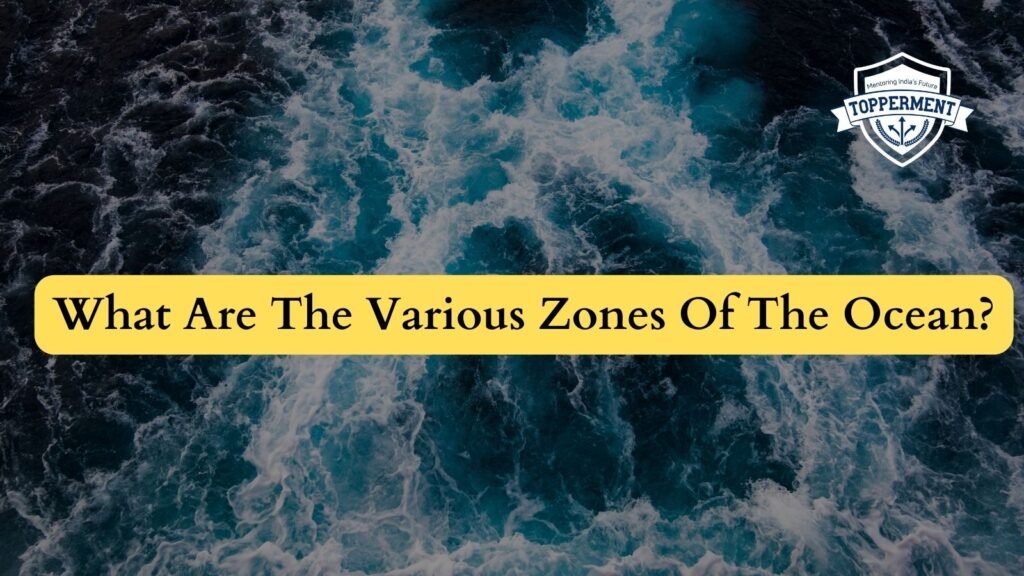The oceans cover 70% of the earth, and they are divided into five zones based on their depth, and proximity to the shore. Let us take a closer look at each of the zones.
1)Sunlit Zone
This is the zone closest to the surface, where sunlight can penetrate. It extends from the surface down to about 200 meters deep. This is also called as euphotic zone because it receives enough sunlight for photosynthesis to occurs. Plants and algae live in this zone, providing food for fish and other marine animals.
2)Twilight zone.
The twilight zone is just below the Sunlit zone, and it extends from 200 meters down to 1000 meters deep. In this zone, there is not enough sunlight for photosynthesis, that is why there are fewer plants and algae. But many animals can be found there like bioluminescent creatures that can produce their own light.
3)Midnight zone
This Midnight zone extends from 1,000meteres to about 4,000 meters deep. It is completely dark, and the water pressure is immense. Only few animals can survive in this zone, but they are specially adapted to the extreme conditions. Some of these animals include deep-sea fish, squid, and jellyfish.
4)Abyssal zone
The Abyssal zone extends from 4,000 meters down to about 6,000 meters deep. It is the largest zone in the ocean that covers about 75% of the ocean floor, and there is no sunlight here. Despite these extreme conditions, many creatures live in this zone that includes giant squid, tube worms, and sea cucumbers.
5)Hadal zone
Hadal zone is the deepest part of the ocean, found in the trenches that form where tectonic plates meet. These trenches can be as deep as 11,000 meters. Very few animals can survive in this zone because of the extreme pressure and lack of sunlight. However, some creatures like the Marina snailfish have been found here.
Each of these zones has its unique features, and different creatures can be found in each zone. Understanding these zones is crucial to protect our oceans and the ecosystem within them.
Also Read
- India and Nepal: A Close Neighborly Relationship | UPSC International Relations
- Impact of the Pandemic on the Indian Financial Market | UPSC Economics
Follow Us For More Content On:
https://www.instagram.com/topperment/


